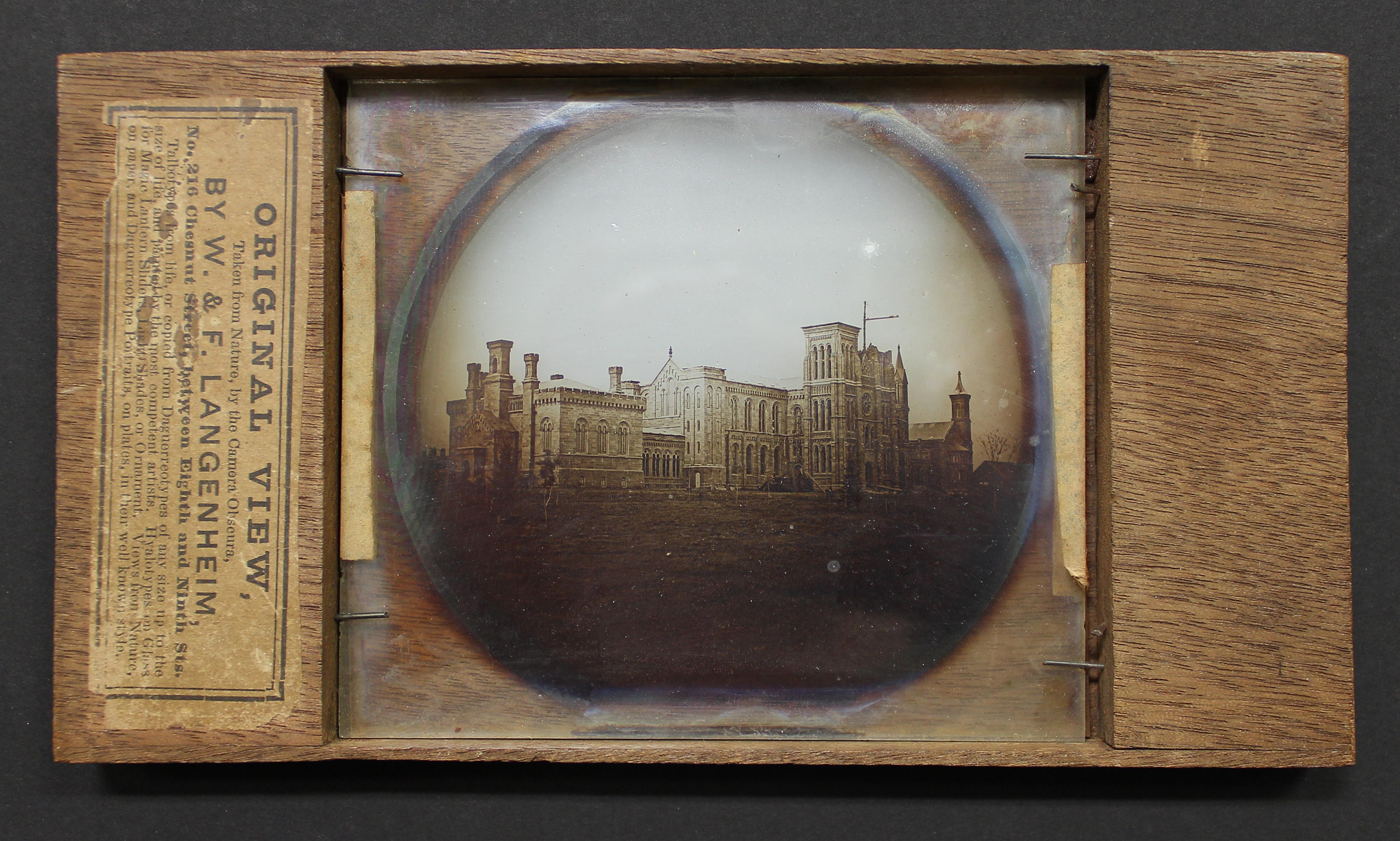
A Brief History of the Smithsonian Institution
In 1826, British scientist James Smithson drew up his last will and testament, naming his nephew as beneficiary. Smithson stipulated that, should the nephew die without heirs (as he would in 1835), the estate should go “to the United States of America, to found at Washington, under the name of the Smithsonian Institution, an establishment for the increase and diffusion of knowledge among men.”
Smithson died in 1829, at approximately 64 years old while living in Genoa, Italy. His will was printed in the Times of London, and the exceptional potential windfall for the United States caught the eye of an American editor and was reprinted in The New York American. Hungerford, Smithson’s nephew and heir, was only in his early 20s, and it seemed unlikely that this clause would ever go into effect. Six years later, June 5, 1835, Hungerford died of unknown causes in Pisa, Italy, leaving no heirs.
The United States government was soon notified of this extraordinary bequest, and President Andrew Jackson announced the bequest to Congress, which accepted the legacy bequeathed to the nation and pledged the faith of the United States to the charitable trust July 1, 1836. The estate was awarded to the United States May 9, 1838. In September 1838, Smithson’s legacy, which amounted to more than 100,000 gold sovereigns, was delivered to the mint at Philadelphia. Recoined in U.S. currency, the gift amounted to more than $500,000.
The motives behind Smithson’s bequest remain mysterious. He never traveled to the United States and seems to have had no correspondence with anyone here. Some have suggested that his bequest was motivated in part by revenge against the rigidities of British society, which had denied Smithson, who was illegitimate, the right to use his father’s name. Others have suggested it reflected his interest in the Enlightenment ideals of democracy and universal education.
After eight years of sometimes heated debate, an Act of Congress signed by President James K. Polk Aug. 10, 1846, established the Smithsonian Institution as a trust to be administered by a Board of Regents and a Secretary of the Smithsonian. Since its founding, the Smithsonian has become the world’s largest museum, education and research complex, with 19 museums, the National Zoo and nine research facilities.
In 1865, only a decade after the completion of the Smithsonian’s first building, the “Castle,” the building’s top floor was destroyed in a fire; among the losses were Smithson’s diaries and papers, his mineral collection and other personal possessions. His library, which was stored in a different part of the building, survived. In later years, the Institution acquired Smithson’s remains as well as ephemera related to its founder.
James Smithson
Shortly after his birth in France in 1765, Smithson was taken to England for his education. His father, Hugh Smithson, was created first Lord and Duke of Northumberland by George III in 1766 and, by an act of Parliament, took the name of Percy. James Smithson’s mother, Elizabeth Keate Macie, was a widow and member of the wealthy Hungerford family. Early in his life, Smithson used his mother’s name, Macie, and so it was as James Macie that he entered Oxford University. A 1786 graduate from Pembroke College, he was a gentleman scholar in the 18th-century tradition. The following year, he was admitted to Britain’s Royal Society (a scientific academy).
It was not until 1802 that he used the name Smithson in his scientific writings. A well-regarded chemist and mineralogist—the zinc carbonate mineral smithsonite is named for him—Smithson made many field trips in Europe to collect specimens. He analyzed scores of minerals and published many reports on his research. Smithson died in Genoa, Italy in 1829 at age 64 and was buried in a small English cemetery there.
In 1904, when the burial ground was to be displaced by the enlargement of a quarry, the Smithsonian Board of Regents voted to bring Smithson’s tomb and remains to the institution he founded. They were escorted from Italy by Alexander Graham Bell, a member of the Board of Regents, and reinterred in the original Smithsonian building.
During a 1973 restoration of the Castle’s crypt room, a team of Smithsonian anthropologists examined James Smithson’s bones. Their telling observations were recorded in an article in the Smithsonian magazine January 1976.
“The skeleton appeared to be that of a white male who died between 50 and 65 years of age…He was a couple of inches shorter than the average modern American and a little shorter than the average upper-class Englishman of the late 18th century. He was rather small and slight in build but athletic, with a long trunk, big chest and powerful arms and hands. His teeth were worn on the left side from gripping a pipe. He had bad teeth generally—17 had been lost while he was alive and five had abscesses when he died…
Bone studies indicate there may have been a minor shoulder injury in early childhood. X-rays of the ends of longer bones show no growth arrest, so health in later childhood was probably sound....Other bone analysis suggests an active and vigorous man, sometimes climbing, sometimes using his hands for hard work, sometimes bending over a desk. And certain peculiarities of the right little finger suggest that he may have played the harpsichord, piano or a stringed instrument such as a violin.”
# # #
SI-100-2021

